
On a quiet April afternoon in 2001, a young man from Skidmore, Missouri, stepped outside with jumper cables in hand. He promised he would be back in minutes. He never returned.
Branson Perry’s disappearance has haunted investigators, his family, and the small community ever since. Every clue only deepens the mystery, every lead collapses into confusion, and two decades later the case remains unsolved.
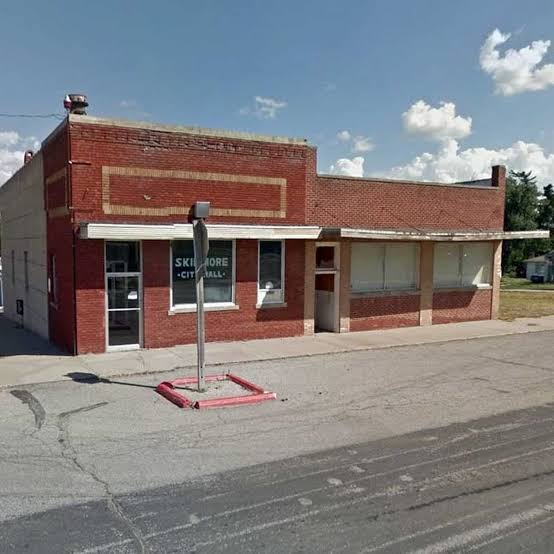
A Young Man With A Restless Energy
Branson Kayne Perry was born on February 24, 1981, and grew up in Missouri. He graduated from Nodaway-Holt High School in 1999 and lived with his father, Bob Perry, in Skidmore.
Friends remember him as a lively young man who loved martial arts. He earned a black belt in hapkido, lifted weights regularly, and enjoyed helping out at a traveling petting zoo.
Although he suffered from tachycardia, a condition that caused his heart to race, Perry rarely let it slow him down. He still worked physical jobs and pushed himself to stay active.
In early 2001, Perry was between jobs after roofing work fell through. He stayed busy with small tasks, odd jobs, and time with friends. His life, on the surface, seemed uneventful.
But beneath that surface, there were hints of turbulence. Perry had started experimenting with drugs and spent time with people in Skidmore connected to that world, according to The Charley Project.

The Day That Changed Everything
On April 11, 2001, Branson was at home while his father remained in the hospital. He and his friend, Jena Crawford, were tidying the house for his father’s return.
Two mechanics worked outside, replacing Bob Perry’s alternator. With people in and out of the house, the afternoon felt normal. Nothing suggested that tragedy was about to unfold.
At around 3 p.m., Crawford saw Branson grab something from a cabinet and slip out without explanation. He returned briefly, saying little, and then prepared to go outside again.
When she asked where he was going, Perry replied that he was taking jumper cables to the shed and might step out for a short while. Those were his final words to her.
Minutes passed, then hours. Perry never came back. His grandmother, Jo-Ann Stinnett, discovered the next day that the house was unlocked and Branson was missing, as reported by All That’s Interesting.
His belongings were untouched. His car remained parked. His routines were broken. Nothing suggested he had planned to leave for long. Something had happened in those missing minutes.
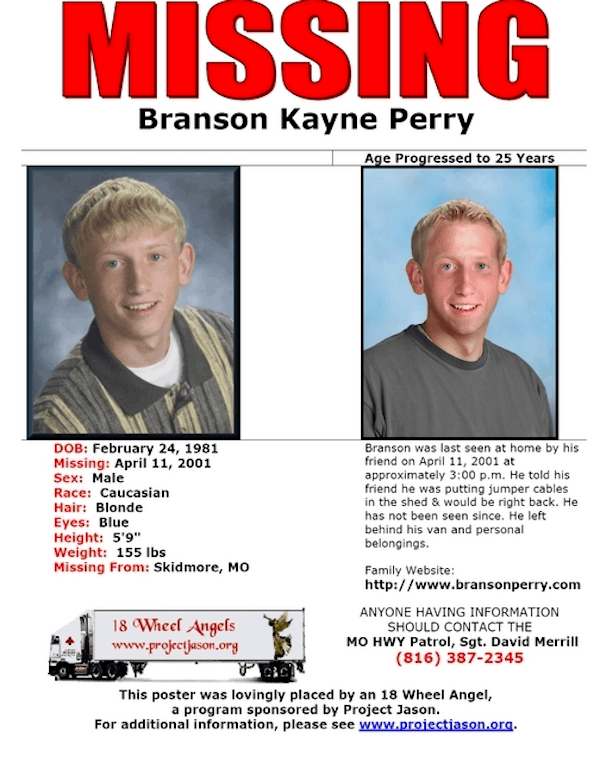
Shadows Before The Disappearance
Just days earlier, Perry’s life had taken a strange turn. On April 7, he visited his neighbor, Jason Biermann, who allegedly gave him an unidentified drug. The night became bizarre.
According to true crime author Diane Fanning, Perry stripped naked, shaved his pubic hair, and engaged in sexual activity while under the influence. By morning, he was humiliated and shaken.
He confessed the episode to his father, who was furious. Bob Perry had long suspected his son was gay, but he blamed Biermann for manipulating Branson while drugged.
Though Bob threatened to confront Biermann, no confrontation ever occurred. Investigators never formally named Biermann as a suspect, but the strange incident raised questions about what Branson was experiencing before he vanished.
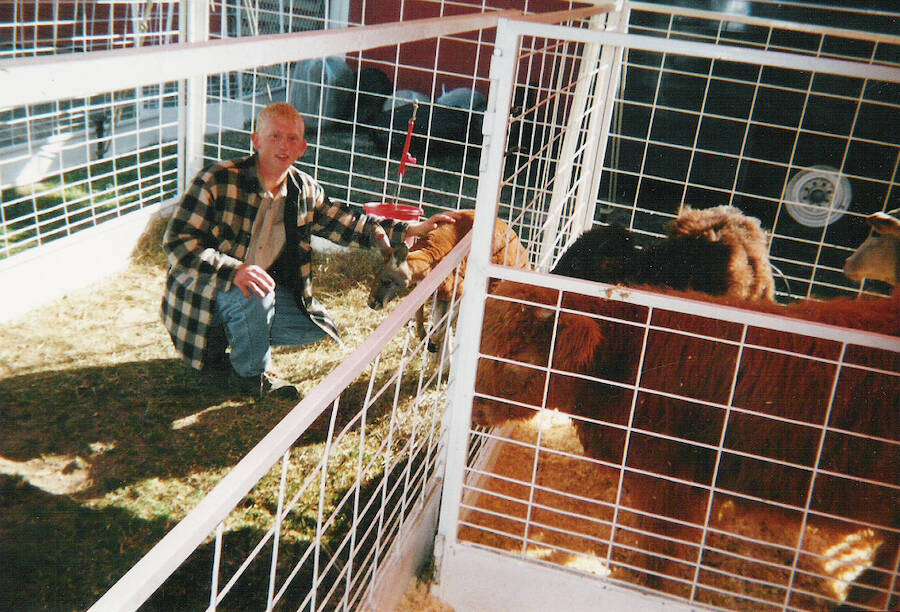
This glimpse into his private life hinted at vulnerability, secrecy, and complicated relationships. All of it made his disappearance more confusing and left investigators struggling to piece together the days leading up to April 11.
A Case That Grew Colder By The Day
When Perry’s family filed a missing person report on April 17, 2001, local authorities began searching. Volunteers combed a 15-mile radius around Skidmore. They found nothing, as noted by Farmer Publishing.
Inside the house, puzzling details emerged. Crawford reported that one of the mechanics had rifled through a kitchen cabinet during the afternoon. When questioned, he brushed it off as nothing.
Even stranger, the jumper cables Branson carried outside were missing at first. Two weeks later, they reappeared inside the shed near the door. How they got there remains unanswered.
Detectives began asking questions about Perry’s acquaintances. Many pointed to people in Skidmore involved in drugs. Over one hundred individuals were questioned. Some took lie detector tests. All passed.
The investigation stalled quickly. Without a body, a witness, or hard physical evidence, authorities were left with theories instead of proof. The community, meanwhile, began whispering about darker possibilities.
A Minister With Horrifying Secrets
In 2003, two years after Perry vanished, investigators stumbled onto a man whose private life shocked Missouri. His name was Jack Wayne Rogers, a former Presbyterian minister and Boy Scout leader.
Rogers was arrested after attempting to perform an illegal gender reassignment surgery on a trans woman, according to NBC News. He was convicted of assault and practicing medicine without a license.
But what police found next disturbed them even more. On Rogers’ computer were child pornography files and graphic online posts under the name “BuggerButt.”
The posts described violent fantasies, including the rape, torture, and murder of young men. One entry detailed the killing of a blonde hitchhiker in the Ozarks, eerily resembling Perry.
Investigators also discovered a turtle claw necklace in Rogers’ car, similar to one Branson had worn. Yet Rogers denied ever meeting Perry, claiming his stories were fictional.
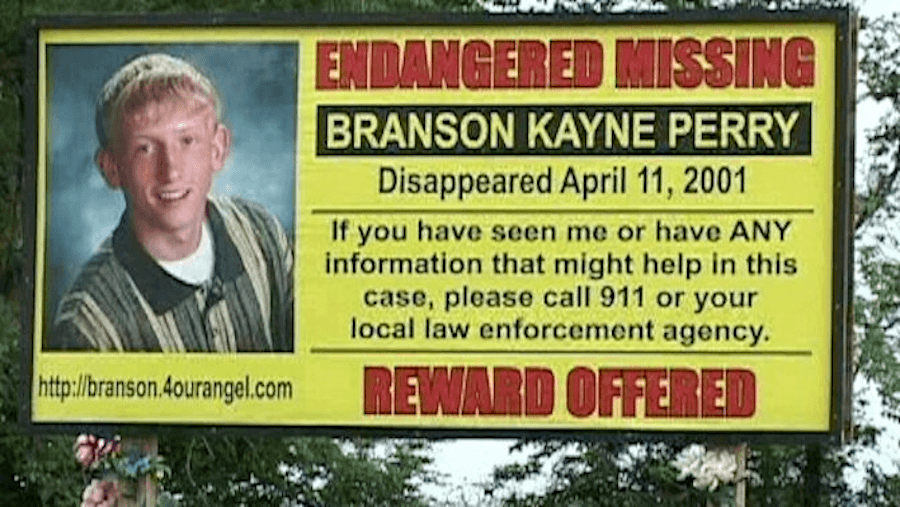
He was convicted on charges of child pornography, assault, and obscenity, receiving decades in prison. But authorities never tied him directly to Perry’s disappearance, leaving families and investigators frustrated.
Rumors, Fires, And Disturbing Clues
As the years passed, rumors swirled through Nodaway County. Some claimed Branson had been taken to a house east of Quitman known for drug activity. That house burned down within a week.
Investigators later dug at the site after receiving tips that Perry’s remains were buried there. They excavated more than 20 feet deep, covering a large area. Nothing surfaced, according to Wikipedia.
Despite the lack of evidence, suspicion lingered. Some believed the fire was an attempt to destroy proof. Others insisted Branson’s disappearance was linked to Skidmore’s notorious history of violent crimes.
The town had already gained a grim reputation with cases like the murder of Ken Rex McElroy, which inspired the documentary No One Saw A Thing. Branson’s case only added to that lore.
Every anniversary brought renewed attention, but no answers. Leads ran dry, suspects slipped away, and Perry’s family continued to wait for closure that never came.
A Suspect, But Still No Justice
In 2022, Nodaway County Sheriff Randy Strong revealed that investigators had identified a suspect. Yet there was not enough evidence to make an arrest, as noted by Wikipedia.
The sheriff expressed his belief that Perry was murdered by people he knew. He described the case as tied to drug culture, where silence and fear kept witnesses from talking.
Strong admitted the sticking point remained the same as it had for decades: without a body, it was nearly impossible to secure charges that would hold in court.
Investigators continued reviewing files, interviewing people again, and following new tips. They insisted the case was active. But the years dragged on, and Branson’s absence became a permanent wound for his family.
His father died in 2004. His mother, Rebecca “Becky” Klino, died of melanoma in 2011. Before her passing, she reserved a burial plot beside her own for her son.
Even in her final years, Becky voiced doubts that Rogers was responsible. “In my heart, I don’t believe this suspect is responsible,” she said, as per America’s Most Wanted.
A Case Still Waiting For Answers
As of 2025, Branson Perry’s case remains open. Investigators believe someone in the community holds the truth but has never stepped forward. Time, however, makes silence harder to break.
Theories continue to circulate. Some believe Perry overdosed and his death was covered up. Others are convinced he was targeted and killed by people in Skidmore’s drug world.
Still others wonder if Rogers’ violent fantasies were more than fiction. Could he have crossed paths with Perry, leaving behind nothing but hints and disturbing stories?
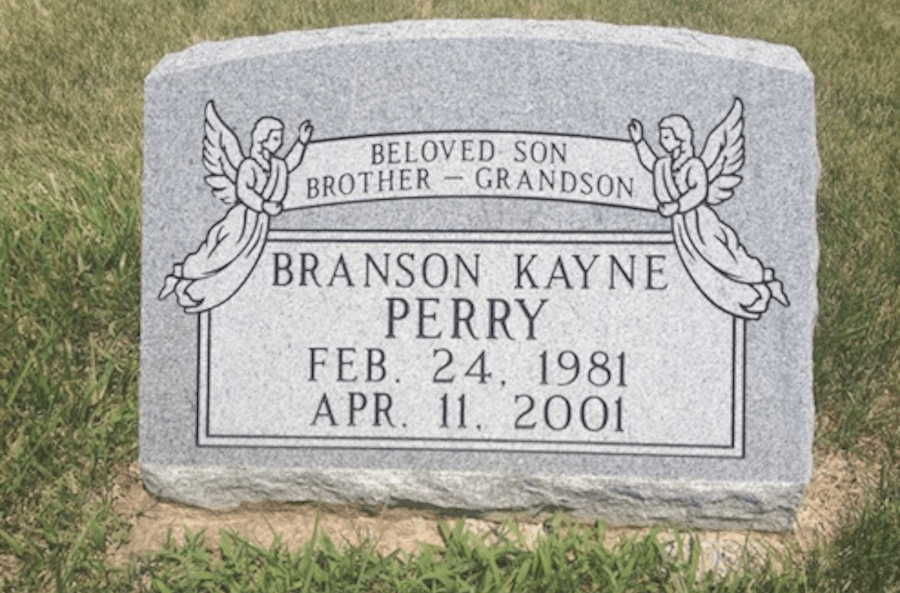
Each possibility fuels speculation, but none bring closure. What happened in the few minutes between Branson’s walk to the shed and his disappearance remains an unshakable question.
For now, Perry’s empty grave symbolizes a case frozen in uncertainty. It waits, like his family once did, for someone to tell the truth.





